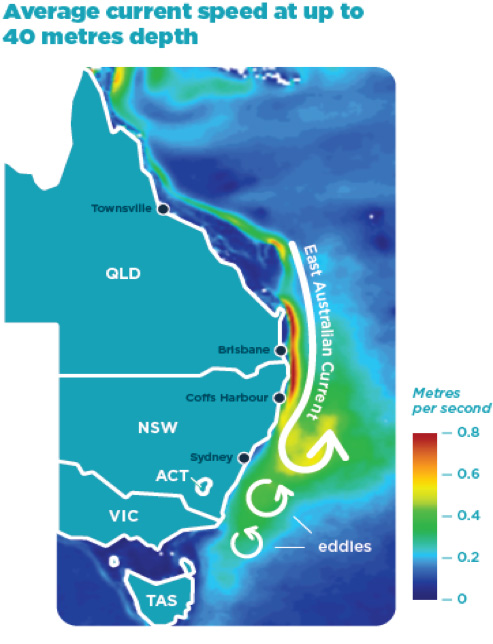Ocean energy
-
-
- Why we are upgrading our electricity system
- How NSW will benefit from the energy transition
-
- All about renewable energy
- A long-term vision for locals
- The best office in the world
- The future of farming is here
- Renewables generates 100 new jobs for Western Sydney manufacturer
- The people behind NSW’s energy transition
- NSW ’s giant super battery is underway
- Unlocking opportunities for the people of Dubbo
- Meet Bridget from the Central-West Orana REZ
-
-
- Agreement between the state of NSW and Origin on its plans for Eraring power station
- NSW coal market price emergency
- Delivering a Gas Decarbonisation Roadmap
- Enabling distribution-connected batteries
- Far West NSW power outage post event review report
- NSW Consumer Energy Resources Installer Portal
- NSW Embedded Network Action Plan
- NSW Transmission Planning Review 2025
- Network-to-network connection process
- System strength
- Corrosion protection systems
- Demand response
- Electricity Market Operation Rules
-
- About the Energy Security Safeguard
- Review and reform
- Exemptions
-
-
-
- Air conditioner - eligibility
- Core eligibility
- Electric water heater replacement with a solar electric boosted water heater - eligibility
- Electric water heater replacement with an air source heat pump - eligibility
- Electric water heater replacement with an air source heat pump - eligibility
- Gas water heater replacement with a solar electric boosted water heater - eligibility
- Gas water heater replacement with an air source heat pump - eligibility
- Gas water heater replacement with an air source heat pump - eligibility
- HVAC - eligibility
- Heat pump water heater - eligibility
- Hot water heater - eligibility
- Install a new air source heat pump - eligibility
- Pool pump - eligibility
- Refrigerated cabinet - eligibility
- Solar battery - eligibility
- Solar battery - eligibility
- Solar battery eligibility landing
- Spare refrigerator or freezer - eligibility
- Ventilation or refrigeration motor - eligibility
-
- Air conditioner - certificates
- Electric water heater replacement with a solar electric boosted water heater - certificates
- Electric water heater replacement with an air source heat pump - certificates
- Electric water heater replacement with an air source heat pump - certificates
- Gas water heater replacement with a solar electric boosted water heater - certificates
- Gas water heater replacement with an air source heat pump - certificates
- Gas water heater replacement with an air source heat pump - certificates
- HVAC - certificates
- Heat pump water heater - certificates
- Hot water heater - certificates
- Install a new air source heat pump - certificates
- Pool pump - certificates
- Refrigerated cabinet - certificates
- Solar battery - certificates
- Solar battery certificates landing
- Spare refrigerator or freezer - certificates
- Ventilation or refrigeration motor - certificates
- Solar battery - certificates
-
-
- Administration and compliance
- Energy certificate schemes
- Gas network safety and operating plans
- Pipeline management plans
-
- Scaling up a thriving renewable fuel industry in NSW
- NSW retail electricity tariff reforms
- Going circular in clean energy
- Pipelines and Gas Supply Acts proposed updates - 2024
- Pipelines and Gas Supply Regulations
- Solar emergency backstop
- ASP Scheme review
- Corrosion Protection Systems Regulation 2020
- Digital metering: improving service delivery in NSW
- Electricity Infrastructure Roadmap consultations
- Queensland-Hunter Gas Pipeline ATS
- Public lighting code
- Service and installation rules
What is ocean energy?
There are four main types of renewable energy from the ocean:
- Wave is the conversion of ocean swells and is strongest in trade winds.
- Tidal uses potential energy from changes in sea level, and kinetic energy from the horizontal motion of water. It is stronger near the Equator.
- Ocean thermal is a heat exchange process that converts the temperature difference between warm surface waters and cooler, deeper waters.
- Ocean current is a kinetic energy produced from the continuous motion of large ocean currents, such as the East Australian Current.
Ocean energy uses
Ocean energy can be used to generate electricity. One way it can be harnessed is by using a floating buoy, platform or submerged device (for wave, tidal and ocean current energy). Another way is to use a heat exchange system for thermal energy. Both systems are attached to a hydraulic system or turbine and combined with an electrical generator. While wave and tidal technologies are more advanced, both systems are still in developmental stages.
NSW ocean energy resources
At the moment, the potential for wave, tidal and ocean thermal energy in NSW is quite low, but as the technology develops it may grow. The East Australian Current flows as a fast, narrow jet of water past northern NSW, offering exciting possibilities for ocean current energy, but as it continues south the flow weakens into swirling circular currents.
NSW ocean energy future
The ocean’s current could be a valuable energy asset in NSW. The predictability of ocean energy, combined with easy access to the electricity grid along the state’s coastline, make it an attractive prospect. However, the future of ocean energy will rely on advances in technology and a better understanding of its environmental impacts.
